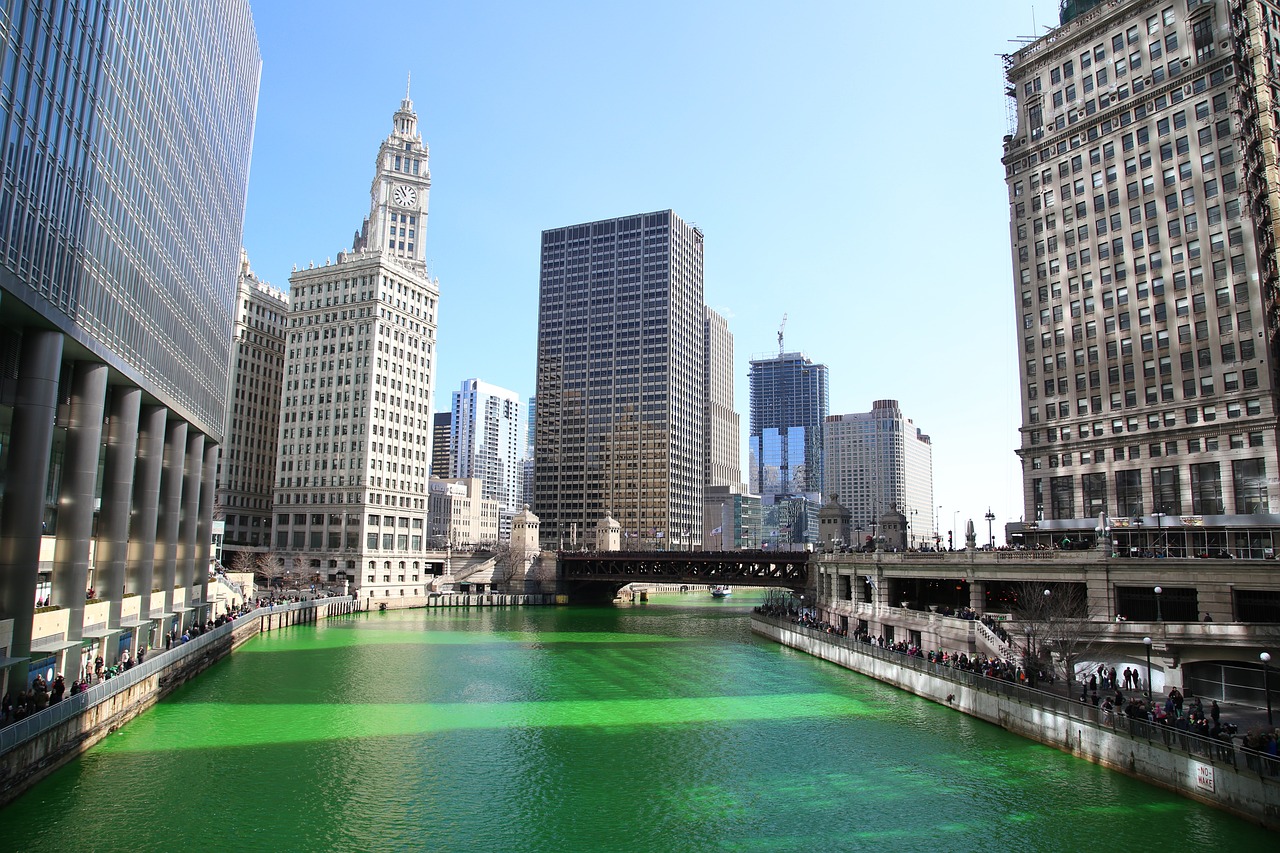The origins of Saint Patrick’s Day
Every year on March 17, the anniversary of his death in the fifth century, people celebrate St. Patrick’s Day. The date of St. Patrick’s Day in 2023 is set for Friday, March 17. For more than a millennium, the Irish have marked this day as a religious festival. Irish families would typically go to church in the morning and celebrate in the afternoon on St. Patrick’s Day, which comes during the Christian season of Lent. There would be no restrictions on eating meat during Lent, and people would dance, celebrate, and eat the traditional Irish dish of bacon and cabbage.
About Saint Patrick
The national apostle and patron saint of Ireland is Saint Patrick, a fifth-century man. At sixteen, he was abducted from his birthplace of Roman Britain and taken to Ireland as a slave. After making his getaway, he went back to Ireland where he is recognized for having introduced Christianity to the populace.
The legend surrounding Patrick’s life grew more and more embedded in Irish society in the years that followed his death, which is thought to have occurred on March 17, 461: The most well-known myth about St. Patrick is probably that he used the three leaves of the shamrock, an indigenous Irish clover, to explain the Holy Trinity (Father, Son, and Holy Spirit).
When Was St. Patrick’s Day Celebrated for the First Time?
March 17 is St. Patrick’s Day, a Roman Catholic holiday observed in Ireland from the ninth or tenth century. America hosted the first St. Patrick’s Day parade, not Ireland. Documents indicate that on March 17, 1601, a St. Patrick’s Day procession took place in a Spanish settlement in the present-day state of St. Augustine, Florida. The Irish vicar of the Spanish Colony, Ricardo Artur, was responsible for organizing both the procession and a St. Patrick’s Day event a year earlier.
On March 17, 1772, more than a century later, homesick Irish troops in the English military marched through New York City in honor of the patron saint of the Irish. From there, the excitement for the St. Patrick’s Day parades in Boston, New York City, and other early American cities only intensified.
Increase in St. Patrick’s Day Events
Irish patriotism among American immigrants blossomed over the next 35 years, which in turn led to the emergence of so-called “Irish Aid” institutions such as the Friendly Sons of Saint Patrick and the Hibernian Society. Every year, each faction would stage parades with drums and bagpipes, which were actually originally popularized in the British and Scottish militaries.
A number of Irish Aid societies in New York made the decision to combine their parades in 1848 to create the official New York City St. Patrick’s Day Parade. With more than 150,000 participants, that parade is currently the biggest in the US and the oldest civilian march in the entire globe. Over three million spectators watch the procession, which lasts for over five hours, over the 1.5-mile parade route every year. There are parades in Boston, Chicago, Philadelphia, Savannah, and these cities that each have between 10,000 and 20,000 participants to commemorate the day. One of the first significant city events to be postponed due to the COVID-19 pandemic was the New York City parade, which was postponed once more in 2021. In 2022, the parades in New York and other cities around the nation resumed.
Americans of Irish descent
The majority of Irish immigrants to America were Protestant middle class people until the middle of the 19th century. About a million poor and illiterate Irish Catholics fled starvation to America when the Great Potato Famine struck Ireland in 1845.
The majority of Americans who were Protestant detested the immigrants’ strange accents and foreign religious views, and they struggled to obtain even low-paying jobs. Newspapers caricatured Irish Americans as aggressive, inebriated monkeys as they celebrated their culture by taking to the streets on St. Patrick’s Day in the nation’s cities.
Nevertheless, the American Irish soon realized that their enormous and increasing numbers gave them access to political power that had not yet been fully utilized. They began to organize, and the “green machine,” as their voting bloc was known, became a crucial swing vote for aspirants to office. All of a sudden, St. Patrick’s Day parades became into a political candidate’s must-attend event and an expression of strength for Irish Americans.
President Harry S. Truman’s attendance at the 1948 St. Patrick’s Day parade in New York City was a proud moment for the many Irish Americans, whose forefathers had to overcome racial discrimination and stereotypes in order to be accepted in the New World.

The Chicago River Turned Green
Other American cities created their own customs as Irish immigrants dispersed throughout the country. The yearly greening of the Chicago River is one of them. The custom began in 1962 when local pollution control employees discovered that the green dye would offer a distinctive method to commemorate the holiday while using colors to track down illicit sewage discharges. In order to keep the river green for a week, 100 pounds of green vegetable dye were released into it that year. These days, the river only turns green for a few hours and just 40 pounds of dye are used in an effort to reduce environmental harm.
While historians in Chicago maintain that their city came up with the idea for a river of green, some residents of Savannah, Georgia—home of the nation’s oldest St. Patrick’s Day parade, which dates back to 1813—think their town came up with the idea first. They note that in 1961, the manager of a hotel restaurant by the name of Tom Woolley persuaded the local authorities to turn Savannah’s river green. The water barely slightly turned green, therefore the experiment didn’t quite go as expected. Although others contest the assertion, Woolley insists that he personally presented the concept to Chicago Mayor Richard J. Daley, even though Savannah never tried to color her river again.
The World Celebrates St. Patrick’s Day
People from various walks of life commemorate St. Patrick’s Day today, particularly in the US, Canada, and Australia. While the majority of productions take place in North America, St. Patrick’s Day is observed globally, even in places far from Ireland like Japan, Singapore, and Russia. Recipes for corned beef and cabbage, champ, and Irish soda bread are popular choices for St. Patrick’s Day. On St. Patrick’s Day, individuals in the US frequently wear green.
St. Patrick’s Day has long been a religious and spiritual holiday in Ireland. Indeed, Irish rules required pubs to close on March 17 until the 1970s. But starting in 1995, the Irish government launched a nationwide marketing campaign to capitalize on the excitement around St. Patrick’s Day to promote travel and present Ireland and Irish culture to the outside world.
What Is the Relationship Between Leprechauns and St. Patrick’s Day?
The leprechaun is one of the symbols of the Irish festival. These folkloric characters were originally known by the Irish term “lobaircin,” which means “small-bodied fellow.” The Celtic belief in fairies—tiny people with magical abilities who may utilize their powers for good or evil—is most likely the source of leprechaun ism. Leprechauns were grumpy spirits that repaired other fairies’ shoes in Celtic folklore.
Leprechauns, despite being minor characters in Celtic mythology, were renowned for their cunning, which they frequently employed to safeguard their storied loot. In addition to being honored on May 13, leprechauns are also recognized on St. Patrick’s Day, when many people dress as the cunning fairies.
